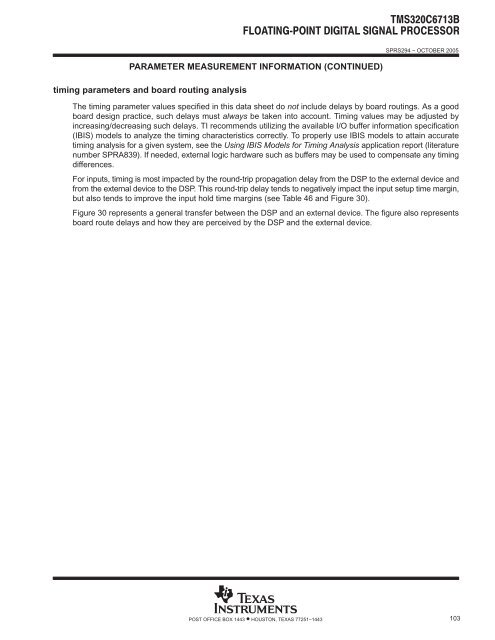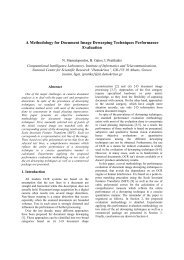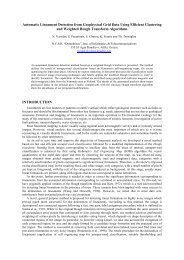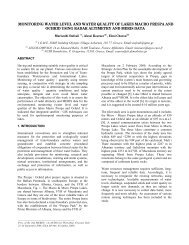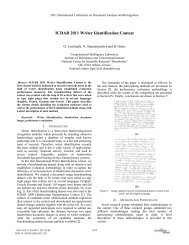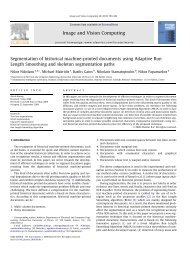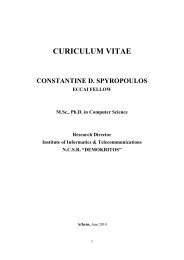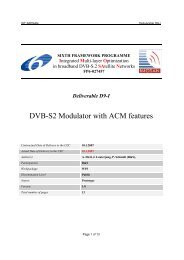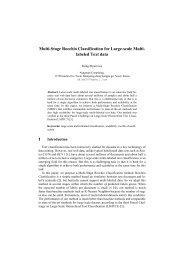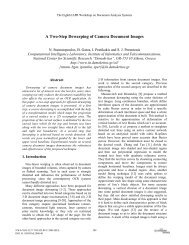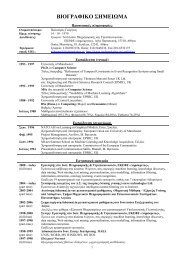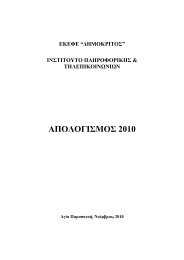TMS320C6713B Floating-Point Digital Signal Processor (Rev. A)
TMS320C6713B Floating-Point Digital Signal Processor (Rev. A)
TMS320C6713B Floating-Point Digital Signal Processor (Rev. A)
Create successful ePaper yourself
Turn your PDF publications into a flip-book with our unique Google optimized e-Paper software.
PARAMETER MEASUREMENT INFORMATION (CONTINUED)<br />
timing parameters and board routing analysis<br />
SPRS294 − OCTOBER 2005<br />
The timing parameter values specified in this data sheet do not include delays by board routings. As a good<br />
board design practice, such delays must always be taken into account. Timing values may be adjusted by<br />
increasing/decreasing such delays. TI recommends utilizing the available I/O buffer information specification<br />
(IBIS) models to analyze the timing characteristics correctly. To properly use IBIS models to attain accurate<br />
timing analysis for a given system, see the Using IBIS Models for Timing Analysis application report (literature<br />
number SPRA839). If needed, external logic hardware such as buffers may be used to compensate any timing<br />
differences.<br />
For inputs, timing is most impacted by the round-trip propagation delay from the DSP to the external device and<br />
from the external device to the DSP. This round-trip delay tends to negatively impact the input setup time margin,<br />
but also tends to improve the input hold time margins (see Table 46 and Figure 30).<br />
Figure 30 represents a general transfer between the DSP and an external device. The figure also represents<br />
board route delays and how they are perceived by the DSP and the external device.<br />
POST OFFICE BOX 1443 • HOUSTON, TEXAS 77251−1443<br />
103


